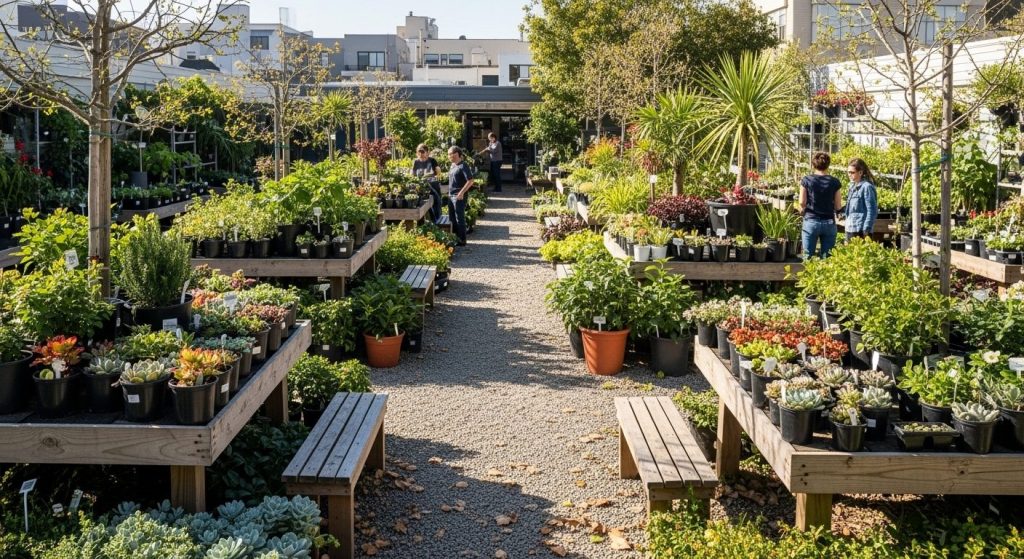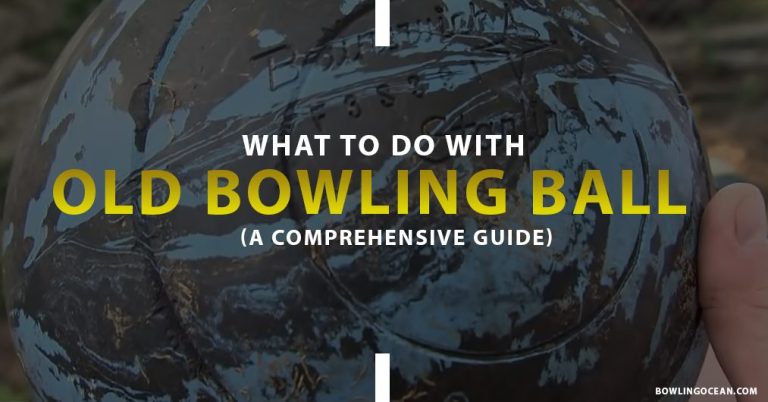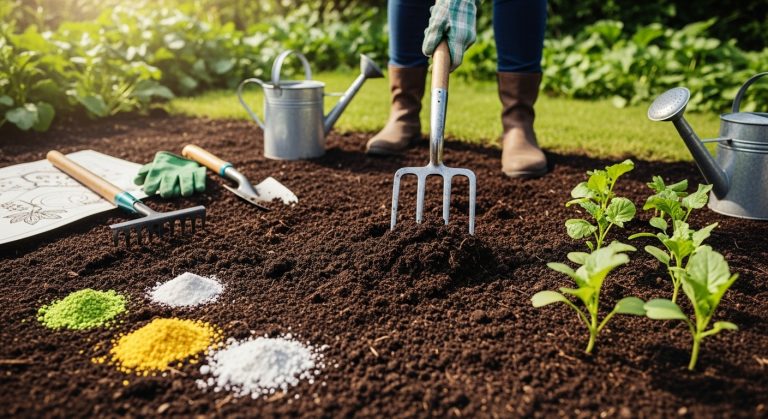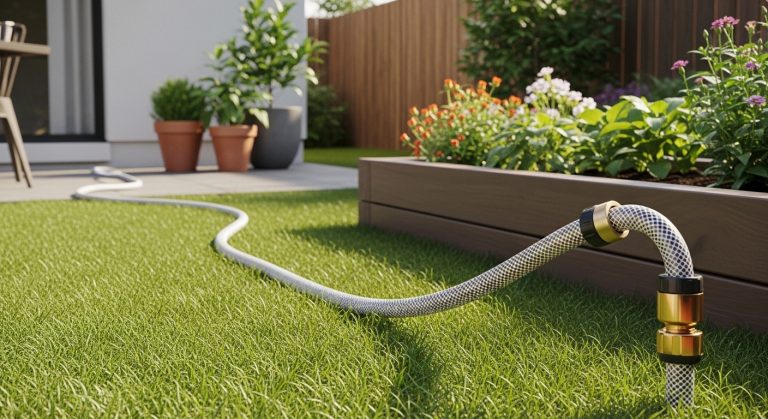Best Plant Nurseries in the Bay Area: Your Insider Guide to Green Thumb Heaven
If you’re anything like me, a trip to a plant nursery is equal parts therapy and treasure hunt. There’s something deeply satisfying about digging through leafy stacks, discovering a rare succulent, or chatting with nursery staff about the right soil mix. And here in the Bay Area, we’re spoiled for choice: from fog-kissed San Francisco hills to sun-warmed East Bay, there are dozens of wonderful nurseries to explore.
In this guide, I’ll walk you through some of the best plant nurseries in the Bay Area, share my personal favorites (yes, I actually visit them on weekends), and give you practical tips for choosing, buying, and caring for your new green friends. Whether you’re a total newbie or a seasoned gardener, you’ll find something useful — and hopefully, spots to add to your weekend plant crawl.
Why the Bay Area is a Plant Lover’s Paradise
First, a quick note on why nursery shopping in the Bay Area is so much fun (and a little different than in other regions). Our climate varies wildly — coastal fog, inland heat, and even mountain microclimates — so nurseries here offer a broad palette of plants that are well-adapted to those conditions. Plus, there’s a strong local gardening culture: native-plant enthusiasts, organic gardeners, succulents fanatics — you name it, someone’s probably cultivating it.

Top Plant Nurseries in the Bay Area
Here are 8 standout nurseries that I return to again and again, depending on what I’m looking for. (Yes, I judged them by how many times I’ve dragged myself out of bed on a Saturday to visit.)
1. Flora Grubb Gardens (San Francisco)
Location: Potrero Hill / Dogpatch
Why it’s special: Flora Grubb Gardens feels like a living sculpture garden. They carry an incredible range of houseplants, succulents, and outdoor ornamentals — especially architectural and sculptural varieties. Their design-forward layout makes shopping feel like walking through an art installation.
Insider tips:
- Visit early on weekends; parking is tight, and it gets crowded.
- Ask about their seasonal bundle deals — they often group plants by theme or care level.
- They have a well-stocked potting bar and soil mixes tailored for succulents.
Pricing & hours: Mid- to high-range; open 10am–6pm daily (check their website for current hours).
Personal story: I once found a rare blue echeveria there after scouring dozens of other shops — the staff even helped me repot it on the spot with the right gritty mix.
2. Sloat Garden Center (Multiple Bay Area Locations)
Locations: San Mateo, San Francisco (Richmond District), Palo Alto, Oakland, and more
Why it’s special: This is a classic, community-focused nursery chain. They have everything: natives, edibles, annuals, perennials, hard goods (pots, tools), and even gardening classes.
Insider tips:
- Sign up for their “Wednesdays Club” — regular sales and discounts for loyal customers.
- Bring your recycling bins; they often let you reuse soil or get compost.
- Their staff are super helpful with local soil mixes and sun/shade advice specific to Bay Area microclimates.
Pricing & hours: Moderate; most locations open early, often 8 or 9 am.
Mini-compare: If you need a one-stop shop for both plants and garden supplies, Sloat is my go-to.
3. Cactus Jungle (San Jose)
Location: Willow Glen, San Jose
Why it’s special: If succulents, cacti, and xerophytic plants are your jam, this place is heaven. They have an extensive selection of California-native succulents, rare cactus species, and fun desert plants.
Insider tips:
- Weekdays are the best time to go — the full collection is easier to browse.
- Bring sturdy shoes: the shade cloth area has gravel paths.
- Ask for propagation advice — they’re generous with cuttings if you know what you’re doing.
Pricing & hours: Moderate; open Tues–Sat, usually 10am–5:30pm.
Personal anecdote: I bought a crested cactus here that stressed me out for the first month… but it’s now one of my proudest plant babies.
4. Church Street Nursery (San Francisco)
Location: Glen Park / Bernal Heights border
Why it’s special: This nursery has decades of history in the city. Tiny but mighty, it’s perfect for locals: you’ll find perennials, shade plants, and beautiful accent foliage. Their in-house trial gardens are a real highlight.
Insider tips:
- Talk to the staff — they know which plants will survive your specific microclimate.
- Bring a wagon or strong arms — some of the plants are heavy.
- They sometimes host plant swaps or garden club meets.
Pricing & hours: Mid-range; check their site for current hours.
Personal touch: On a particularly hot summer day, I spotted a staffer misting ferns to keep them alive — proof they genuinely care.
5. West Coast Tropicals (Oakland)
Location: East Oakland
Why it’s special: This place feels like a jungle in the city. Tropical plants, palms, banana trees, and lush greenhouse spaces make it feel warm even when the Bay fog rolls in.
Insider tips:
- Bring a tarp or box if you plan to buy large foliage — some leaves are huge!
- They carry unique potting mixes for tropical plants that retain moisture but still drain.
- Midweek visits are less crowded and more relaxing.
Pricing & hours: Moderate to high; open daily (check their website).
Micro-story: I once did a photo styling session there — the banana leaves made the best green backdrop.
6. Alameda Point Antiques & Garden Nursery (Alameda)
Location: Alameda Point area
Why it’s special: Part nursery, part antique garden market. You can shop for succulents, vintage pots, garden furniture, and architectural salvage all in one place.
Insider tips:
- Go early on weekends to catch the antiques vendors.
- Use it as a double date or day trip: great restaurant options nearby.
- Bring cash if you’re buying small vintage items — some vendors don’t take cards.
Pricing & hours: Mixed — both nursery and antiques range widely; open weekends mainly.
Why I love it: Plant shopping + treasure hunting = twice the fun.
7. Petaluma Municipal Nursery (Petaluma)
Location: Petaluma (North Bay)
Why it’s special: This city-run nursery is budget-friendly and community-minded. It sells locally adapted plants — great for Bay Area weather.
Insider tips:
- They sometimes sell propagated cuttings at low cost.
- Bring gloves — their soil bins can be rough.
- Ask about seasonal sales — they often clear plants mid-season.
Pricing & hours: Low to moderate; run by city (check current schedule).
Community note: It’s a gem for local gardeners, nonprofit projects, and school gardens.
8. Clayton Gardens Nursery & Garden Center (Concord)
Location: Concord
Why it’s special: Spacious and family-run, this nursery has an excellent selection of landscape plants, shrubs, trees, and hardscape supplies. Plus, the staff really know their stuff.
Insider tips:
- Walk the perimeter for trees (they have a large inventory).
- Bring a measuring tape — it helps match plants to the space you’re designing.
- Ask for their recommended soil mix if you’re doing a big landscape project.
Pricing & hours: Moderate; open 7 days (check for seasonal times).
Personal anecdote: I once bought a small olive tree here, planted it, and it’s now matured into a lovely backyard feature.
9. SummerWinds Nursery (Santa Rosa and Bay Area)
Locations: Santa Rosa (and other regional locations)
Why it’s special: A regional chain with a great balance of value, variety, and knowledge. They carry indoor houseplants, perennials, vegetables, and more.
Insider tips:
- If you’re into edibles, they have excellent seasonal vegetable starts.
- Bring a box for breakables — ceramic pots pack well.
- Their loyalty program offers good perks if you buy often.
Pricing & hours: Moderate; usually open daily.
Community feel: Friendly, with local gardening workshops that are super helpful for beginners.
How to Choose the Right Nursery (Your Step-by-Step Guide)
Okay, now that you know where to go, here’s how to pick the right nursery for YOU, depending on your goals and space.
Step 1: Know Your Microclimate
- The Bay Area isn’t uniform — coastal fog zones are vastly different from inland valleys.
- Tip: Check your USDA Hardiness zone (most of the Bay Area ranges between 9a–10b). Use this to guide what plants will actually thrive rather than just survive.
- Ask the nursery staff what’s popular or reliable in your specific area.
Step 2: Decide on Plant Purpose
- Are you gardening for beauty, food, or a mix?
- For edible gardening, hit places like Sloat Garden Center or Petaluma Municipal Nursery.
- For decorative or sculptural plants, go to Flora Grubb or West Coast Tropicals.
Step 3: Inspect the Plants
When you’re browsing:
- Look for healthy leaves (no yellowing, brown spots).
- Check for pests (especially under leaves).
- Ask for soil quality — is it too waterlogged? Does it seem dry? A good nursery should have healthy planting mediums.
- If they have a potting bar, test their soil mixes.
Step 4: Think About Transport & Aftercare
- If you’re buying large plants, make sure you have a way to transport them (car trunk or tarp).
- Ask staff about recommended pot size, soil mix, and watering schedule.
- Before buying, mentally map out where your plant will live: sun, shade, exposure.
Step 5: Know When to Visit
- Weekdays, early morning: best for picking the freshest stock and avoiding crowds.
- Seasonal sales: Nurseries like Sloat and SummerWinds typically have sales in spring and fall — plan around these.
- Workshop days: many nurseries (including Sloat) host planting or gardening workshops; attending helps you learn and get plant discounts.
Common Mistakes & How to Avoid Them
Here are some rookie mistakes I see (and have made!) — plus how to dodge them:
- Overbuying on a whim. Beautiful pots and plants are tempting, but measure your space and decide before you buy.
- Ignoring soil needs. Some plants need gritty, free-draining mixes; others prefer moisture-retentive soil. Ask, don’t guess.
- Mismatching light. Just because a plant thrives indoors doesn’t mean it’ll survive full sun outside — check its light requirements.
- Skipping pest checks. Before introducing a new plant to your home or garden, quarantine it for a few days and inspect for bugs.
- Neglecting watering rhythms. New plants need more water at first. Adjust as they settle in, not before.
FAQs: Your Bay Area Nursery Questions Answered
Here are answers to 12 common questions I’ve heard over the years — and that I myself used to worry about.
- What are the best months to buy plants in Bay Area nurseries?
Spring (March–May) is ideal for most plants, especially edibles. Fall is great for perennials and trees because of cooler weather. - Are Bay Area nurseries good for native plants?
Absolutely — places like Sloat, Church Street, and Petaluma Municipal regularly stock California natives that are well-suited for our climate. - Can I get propagation or cuttings at these nurseries?
Some do! For example, Cactus Jungle often helps with succulent cuttings, and Petaluma Municipal sometimes sells propagated starts. - Do I need a gardening permit for planting trees in the Bay Area?
Depends on your city. For example, in San Francisco, large tree planting may require a permit. Check with your city’s planning or public works department. - Can I return or exchange plants at these nurseries?
Policies vary. Sloat Garden Center often offers a guarantee or credit within a certain period; smaller independent nurseries might be stricter. Ask before you buy! - How do I transport large plants?
Use a tarp, old bed sheets, or a box. Support the root ball, and don’t tip plants on their side — that stresses the roots. - What’s the difference between potting soil types?
- Cactus/succulent mix = gritty, fast draining
- All-purpose = balanced water retention
- Seed-starting = light and fine
Ask your nursery for specific blends.
- Are nursery prices in the Bay Area high?
It depends. Boutique stores like Flora Grubb often cost more, but municipal or chain nurseries tend to be mid-range. - Can I find gardening classes at these nurseries?
Yes — Sloat, SummerWinds, and other nurseries frequently host workshops on planting, pruning, seasonal topics, and more. - Are there nurseries that specialize in organic or chemical-free plants?
Many Bay Area nurseries lean toward organic-friendly practices. Ask staff for soil-less, pesticide-free, or non-GMO plant options. - How do I care for succulents bought from a nursery like Cactus Jungle?
Use a well-draining mix, water infrequently but deeply, provide bright light, and slowly acclimate them to outdoor conditions if you move them. - Is it worth joining a nursery membership or loyalty program?
Yes, especially if you garden frequently. Sloat’s membership, for instance, offers discounts, early-sale access, and gardening tips.
Final Thoughts: Where to Go From Here
Choosing the best plant nurseries in the Bay Area is less about finding the “perfect” nursery and more about matching your mood, needs, and location to the right spot. Want a design-driven plant sculpture? Flora Grubb. Need a low-cost native plant for your school garden? Petaluma Municipal. Dreaming of a tropical jungle? West Coast Tropicals is your vibe.
If I were you, I’d pick two nurseries to start with: one close to home for regular visits and one “treat yourself” spot where you go when you really want something special. Bring a list — or snap photos of your garden — then ask the staff for tailored advice. That way, you don’t just buy a plant; you bring home something that belongs.
Ready to go? Your next nursery adventure is only a drive away — and your future garden will thank you.

William Martin is a passionate bowler who spends most of his weekends playing the sport. With years of intense experience under his belt, William decided to share his knowledge by creating BOWLING OCEAN. Join me on this journey to explore the world of bowling and discover the tips and tricks to becoming a pro.






